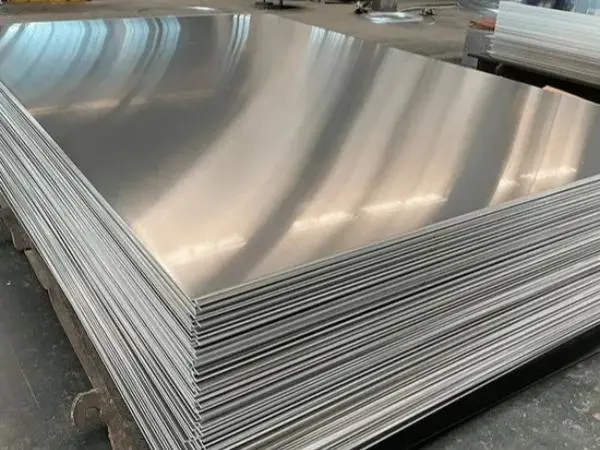- Phone0086 731 8564 8255
- E-mailsales@cscsteel-manufacturing.com
-

Carbon steel plates are widely used in various industries due to their balance of strength, affordability, and versatility. However, like all materials, they come with both advantages and limitations that influence their application. Here’s a closer look at the benefits and drawbacks of carbon steel plates.
Continental Steel Co., Ltd is professional carbon steel plates manufacturer, for more details, please contact:sales@cscsteel-manufacturing.com
Advantages of Carbon Steel Plate:
High Strength
Carbon steel plates offer relatively high strength, making them suitable for projects that require robust structural support and durability.
Wear Resistance
The surface hardness of carbon steel is high, providing excellent wear resistance. This helps to minimize surface wear and reduce fatigue cracks during prolonged use. Additionally, heat treatment can further enhance both hardness and wear resistance.
Good Toughness
These plates have excellent toughness, meaning they can withstand forces without deforming or breaking easily. Their plasticity and impact toughness ensure that they perform well under stress and are less likely to crack under heavy loads.
Easy to Process
Carbon steel plates are easy to process, including cutting, welding, and forming. This makes them a versatile material that can meet a variety of engineering and manufacturing needs.
Low Price
Compared to specialized steels, carbon steel is cost-effective. It is widely available, and its raw materials are common, reducing production costs and making it a more affordable option for large-scale projects.
Disadvantages of Carbon Steel Plate:
Prone to Corrosion and Rust
One of the biggest drawbacks of carbon steel plates is their susceptibility to corrosion. The high carbon content reacts easily with oxygen and moisture, leading to rust, especially in humid or wet environments.
Low Durability
While carbon steel plates are strong, they can be fragile over time. They are prone to fatigue, which can cause cracks and fractures, reducing their durability under prolonged use or harsh conditions.
Susceptible to Deformation
Due to their hardness, carbon steel plates can deform during processing or assembly if not handled properly. Improper heating and cooling during fabrication can lead to deformation or damage.
Poor Thermal Hardness
Carbon steel plates lose their hardness and wear resistance at temperatures above 200°C, which limits their use in high-temperature environments. This makes them unsuitable for certain industrial applications that involve extreme heat.
Low Hardenability
The hardenability of carbon steel is limited. When subjected to water quenching, carbon steel typically achieves hardening only to a depth of 15-18 mm. For thicker sections, the steel is prone to cracking or deformation, making it less suitable for specific applications.
Poor Tempering Stability
Carbon steel plates may experience issues with tempering stability. Achieving higher strength requires lower tempering temperatures, which can reduce toughness. Conversely, higher tempering temperatures improve toughness but lower strength, making it challenging to strike an ideal balance for some uses.
Inability to Meet Special Performance Requirements
Carbon steel does not perform well under extreme conditions. It lacks the necessary resistance to oxidation, corrosion, heat, low temperatures, wear, and special electromagnetic properties required in some high-performance applications. For tasks that demand such qualities, alternative materials may be necessary.
In conclusion, carbon steel plates are a versatile, affordable material that excels in many applications, but their limitations in terms of corrosion resistance, durability, and performance at extreme temperatures should be carefully considered when selecting materials for specific projects.




